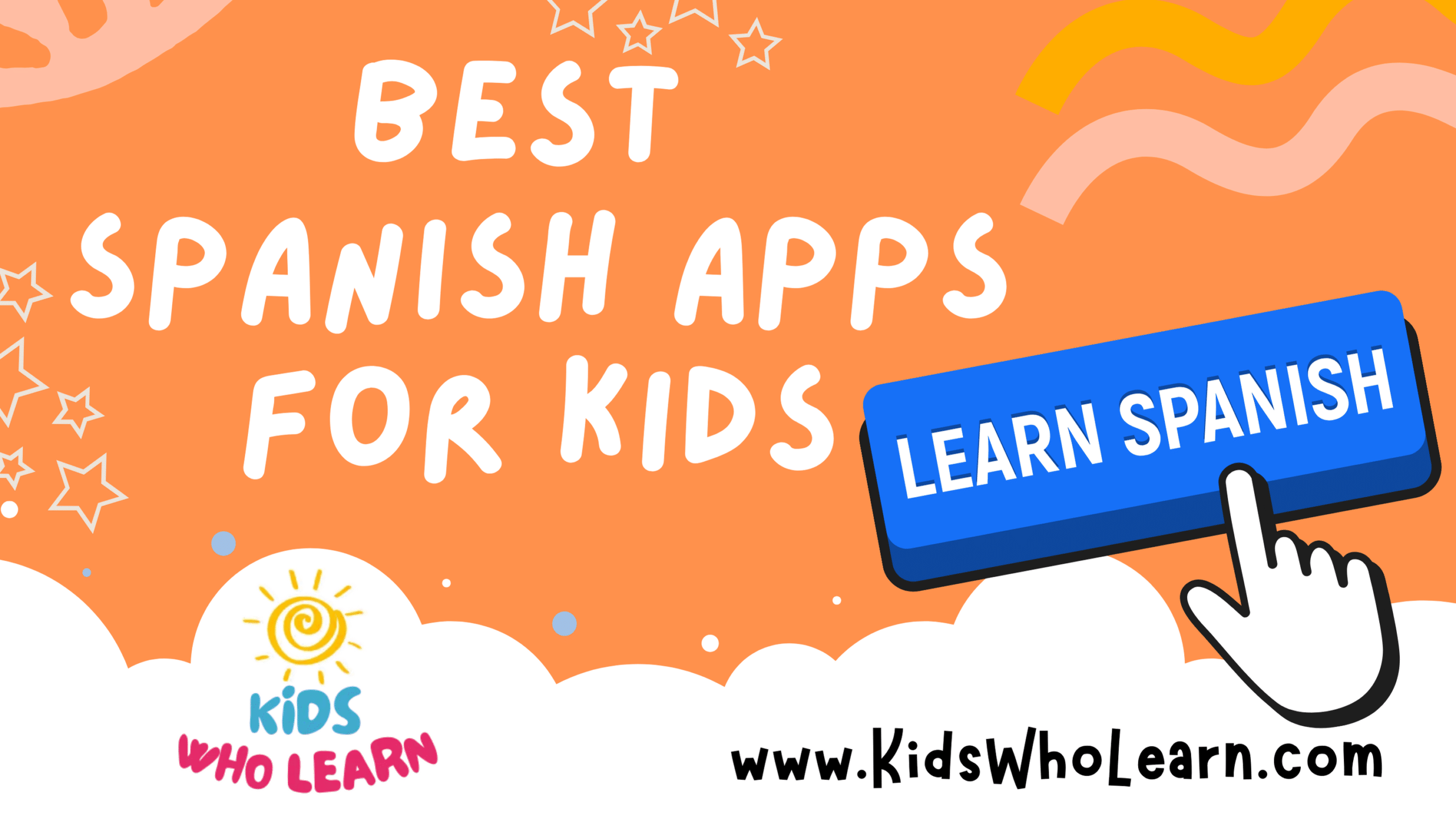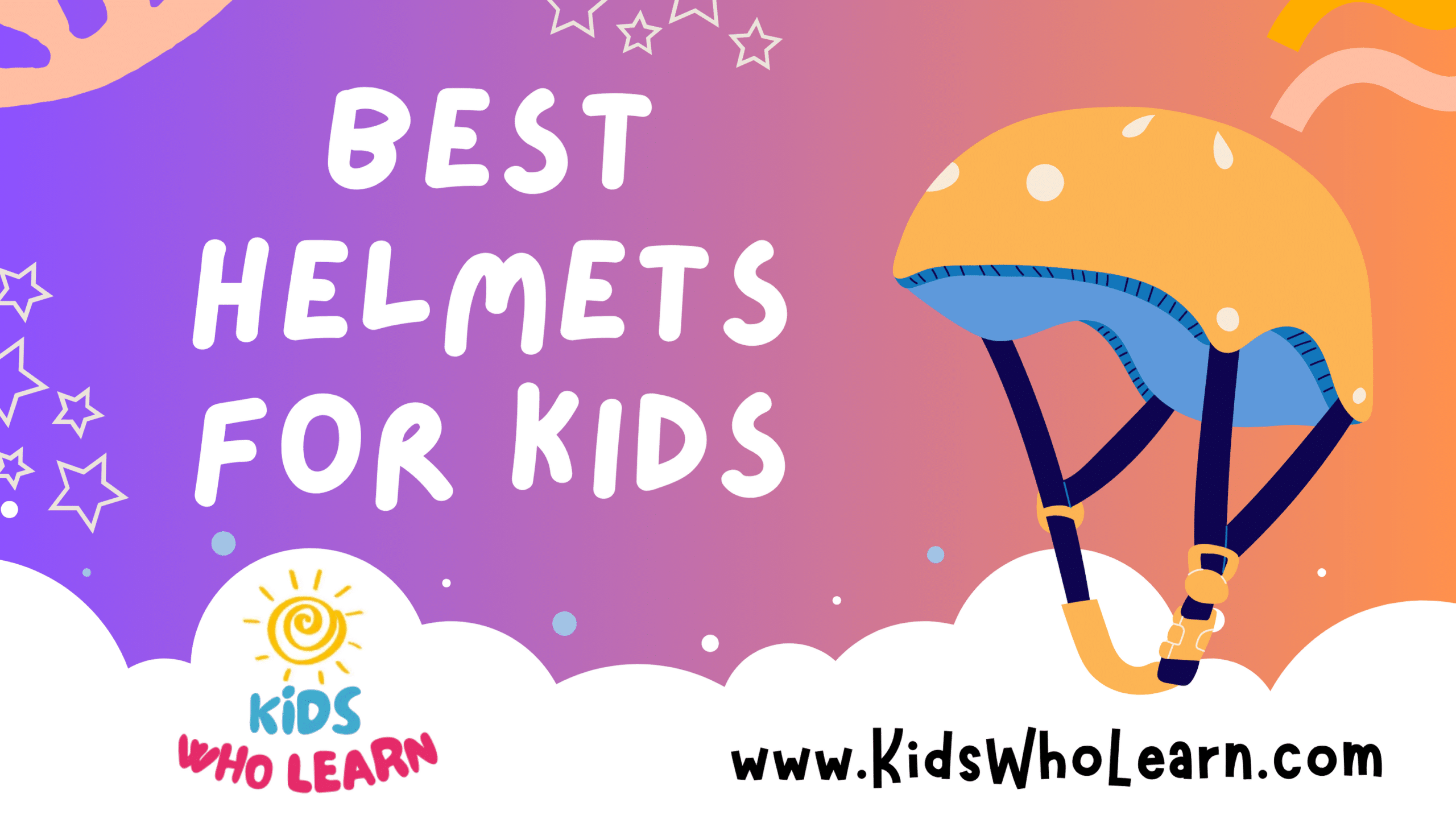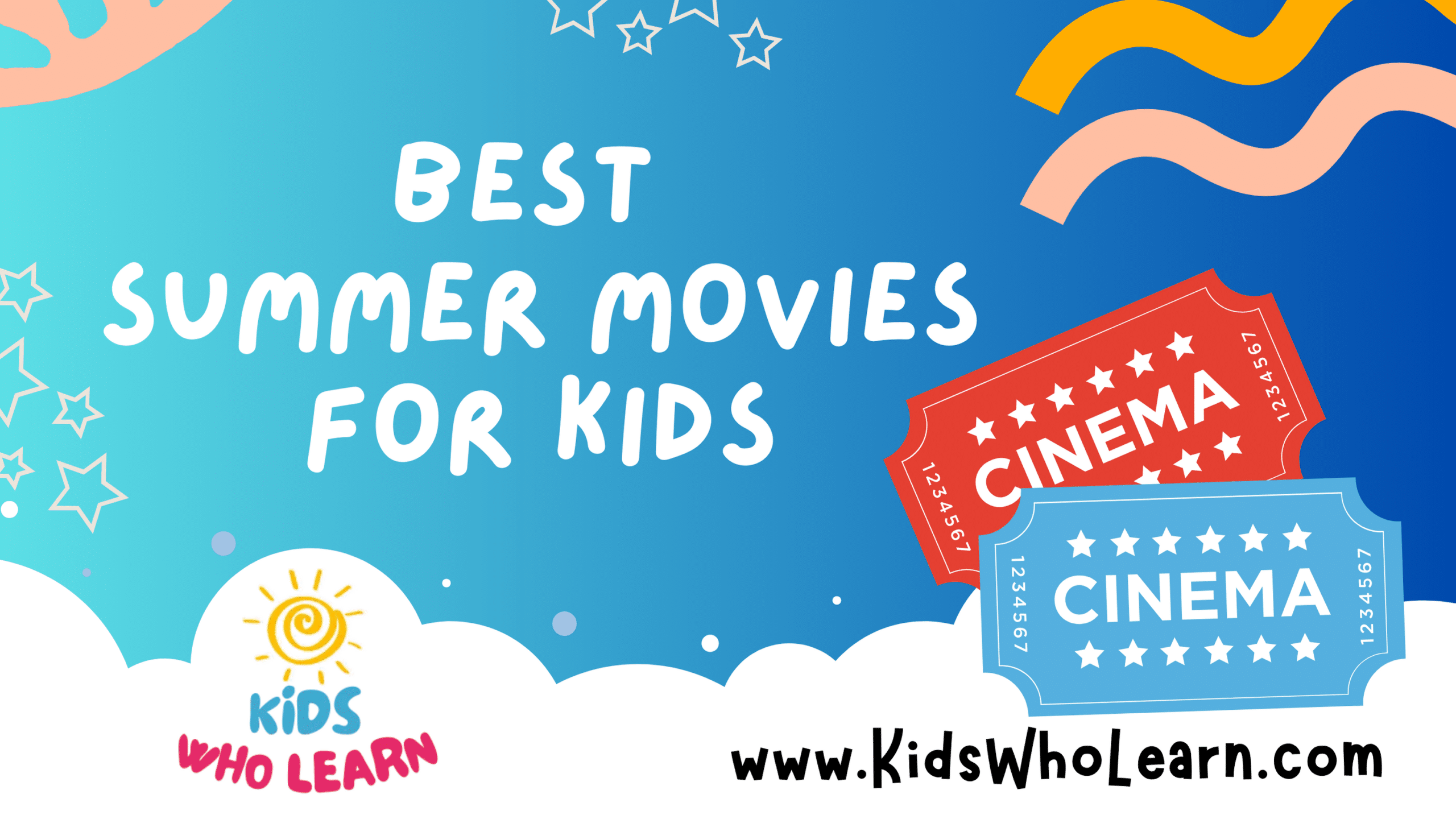Learning a new language opens doors to cultural understanding and opportunities in an increasingly interconnected world, and Spanish is one of the most spoken languages globally. Introducing children to Spanish at a young age can boost their cognitive skills, enhance their problem-solving abilities, and provide them with a valuable skill for the future. With the advent of digital technology, a variety of apps have emerged to make language learning more accessible and engaging for kids.
Choosing the best Spanish apps for kids requires careful consideration of various factors to ensure that the learning experience is both effective and enjoyable. It is important to select apps that cater to different age groups, use interactive elements to maintain engagement, and feature native speakers to ensure correct pronunciation. A well-designed app will integrate seamlessly with a child’s curriculum, support the school-home connection, and provide tools for monitoring progress.
Key Takeaways
- Introducing Spanish to kids at a young age enhances cognitive growth and problem-solving skills.
- Effective Spanish apps are engaging, accommodate different age groups, and feature native speaker audio.
- Quality apps monitor progress, support curriculum integration, and promote cultural understanding.
Benefits of Learning Spanish at a Young Age
When children start learning Spanish early, they gain cognitive benefits, cultural insights, and more future opportunities. We’ll explore how these advantages unfold for young learners.
Cognitive Advantages
Young children exposed to a second language, like Spanish, exhibit improved memory, attention, and problem-solving skills. Structurally, bilingual children have a more robust brain network which supports these cognitive functions. Early learning of Spanish enhances mental flexibility and fosters superior multitasking abilities.
- Memory: Studies show that bilingual kids tend to have better working memory, which aids in mathematics, reading comprehension, and complex problem-solving.
- Attention: Language learning demands focus. Kids managing two languages often outperform their monolingual peers in attention tests.
- Problem-solving: Managing two linguistic systems enhances mental agility, helping children approach challenges with greater creativity.
Cultural Awareness
We see that children who learn Spanish develop an appreciation for Hispanic cultures, fostering empathy and tolerance. They tend to be more open-minded and adaptable to diverse social settings.
- Empathy: Understanding and speaking another language allows children to put themselves in others’ shoes.
- Tolerance: Familiarity with various Spanish-speaking cultures leads to a broader worldview and reduced likelihood of cultural biases.
Future Opportunities
Early Spanish acquisition opens doors to a plethora of opportunities both in the academic and professional realms for young learners. Bilingual individuals are often preferred in global careers and have access to a wider academic resources.
- Global Careers: Proficiency in Spanish is a sought-after skill in many professions, including business, healthcare, and technology.
- Academic Resources: Knowledge of Spanish allows children to access and benefit from educational materials and exchanges in countries where Spanish is the primary language.
Criteria for Selecting the Best Spanish Apps
When looking for the best Spanish apps for kids, we focus on several key factors that contribute to effective learning and engagement. Each app is evaluated for its age suitability, educational content, interactive elements, and the quality of audiovisuals, ensuring the app is both engaging and comprehensible.
Age Appropriateness
It’s essential that Spanish apps be tailored to the child’s age group. We assess the content to ensure it is age-appropriate, providing the right level of challenge to keep young learners motivated without causing frustration. For example, apps designed for toddlers often use basic vocabulary and bright colors, while those for older children might include more complex sentences and a focus on grammar.
Educational Value
The educational value of a Spanish app lies in its ability to foster a deep understanding of the language. We look for apps that provide structured lessons aligned with educational standards, incorporating vocabulary, grammar, and cultural insights. Apps that include tracking systems for parents or teachers to monitor progress are often more effective.
User Engagement and Interactivity
Keeping kids engaged is crucial for language acquisition. We prefer apps that are interactive and engaging, incorporating games, quizzes, or challenges. This interactivity not only makes the experience more enjoyable but also helps reinforce learning. Features like earning points, virtual rewards, or unlockable content can be particularly motivating.
Quality and Clarity of Audio and Visuals
The audio and visual quality of Spanish apps plays a significant role in how well children can learn pronunciation and understand content. We seek out apps with clear and accurate Spanish audio pronunciation by native speakers, and visuals that are vibrant and clearly labeled to aid in comprehension and retention.
Spanish Learning Apps for Different Age Groups
We understand that children of different ages have unique learning requirements, and choosing the right Spanish learning app is vital for their language development. Below, we have curated a list of apps catering to various age groups to support effective and engaging Spanish language acquisition.
Toddlers and Preschoolers
For our youngest learners, apps need to be highly interactive and visually appealing to keep their attention. We have found that Gus on the Go and Endless Spanish are excellent tools. Gus on the Go introduces vocabulary through animated lessons and fun games, while Endless Spanish uses adorable monsters to engage toddlers in learning basic words and phrases.
- Gus on the Go
- Vocabulary introduction through stories and games.
- Endless Spanish
- Focuses on word recognition with engaging characters.
School-Age Children
As children enter school, they require structured lessons that align more closely with educational standards. The Duolingo Spanish for Kids app offers a gamified learning experience that encourages regular practice, and Rosetta Stone: Learn Languages includes immersive lessons that reinforce school curriculum.
- Duolingo Spanish for Kids
- Gamified lessons that encourage daily practice.
- Rosetta Stone: Learn Languages
- Immersive language experience that supports school learning.
Tween and Teen Learners
Tweens and teens often seek greater autonomy in their learning and prefer apps that are both challenging and applicable to real-world situations. Babbel offers conversation-based learning which is suitable for this age group, focusing on practical communication. Meanwhile, FluentU utilizes real-world videos to provide context and cultural relevance to language lessons.
- Babbel
- Conversation-driven lessons for practical use.
- FluentU
- Uses real-world videos to teach Spanish in context.
The Role of Interactive Elements in Language Apps
Interactive elements play a pivotal role in enhancing the language learning experience, particularly when it comes to acquiring Spanish vocabulary. They harness technology to make learning active rather than passive, which aids in better retention and engagement.
Games and Puzzles
Games and puzzles are fundamental tools in our language apps, inviting children to play while learning. The tech-driven design of these games ensures that children can interact with Spanish vocabulary in a context that feels more like entertainment than traditional study.
- Types of Games:
- Matching games
- Word searches
- Crossword puzzles
- Learning Outcomes:
- Enhanced word recognition
- Improved spelling
- Contextual understanding of words
Quizzes and Achievements
Quizzes serve as a crucial interactive element for assessment, where we incorporate questions to reinforce Spanish vocabulary. Achievements and badges motivate learners to progress by providing visible milestones in their language learning journey.
- Quiz Features:
- Multiple-choice questions
- Fill-in-the-blank exercises
- Achievements:
- Levels (Beginner, Intermediate, Advanced)
- Badges for specific vocabulary themes
Testing regular play through quizzes ensures sustained language interaction and measures the learner’s progress.
Flashcards and Memory Challenges
We leverage flashcards to promote memory recall, which is essential in learning a new language. Memory challenges engage kids in a dynamic way to boost their vocabulary retention.
- Flashcard Techniques:
- Spaced Repetition: Exposes users to words at spaced intervals
- Active Recall: Encourages retrieval of information from memory
- Memory Exercises:
- Timed matching tasks
- Sequential word reveals
Each interactive feature is crafted to ensure that Spanish vocabulary learning is both effective and enjoyable.
The Importance of Using Native Speakers in Apps
In language learning apps for kids, including native speakers is crucial for instilling a high standard of language skills. We focus on ensuring a strong foundation in both comprehension and speaking abilities.
Authenticity of Language Learning
Using native speakers in educational apps provides an authentic experience for language learners. Children are exposed to the language as it is spoken in real-life situations, which is essential for developing listening skills and understanding cultural nuances. Authenticity in language learning is key to recognizing regional dialects and usage variations within the Spanish language.
- Real-world vocabulary: Native speakers use words and phrases that are typically employed in daily communication, helping young learners build a practical vocabulary.
- Cultural relevance: Language is imbued with cultural significance, and native speakers bring context to the linguistic content, enhancing comprehension.
Aid in Pronunciation and Intonation
Accurate pronunciation and intonation are vital in communicating effectively in a new language. Native speakers in apps serve as models for proper pronunciation and natural speech patterns.
- Pronunciation: Our auditory examples from native speakers help kids distinguish subtle nuances in Spanish pronunciation, ensuring they learn to articulate words correctly from the start.
- Intonation: Children pick up on the rhythm and melody of spoken Spanish, which is essential for sounding natural and being understood by native speakers. It is through careful listening to native audio that learners can mimic the intonation patterns of the language.
Curriculum Integration and School-Home Connection
We recognize that learning Spanish as a second language requires a bridge between what students learn at school and the practice they receive at home. The following subsections outline how Spanish language apps can bolster the connection between classroom education and home learning environments, involving both teachers and parents in the process.
Supplementing School Curriculum
We’ve identified a selection of apps designed to align with the curriculum found in a typical Spanish school. These apps offer a range of language learning resources that match the lessons taught by teachers, thus reinforcing classroom instruction. Here’s how they contribute:
- Structured Lessons: Apps follow structured lessons similar to a school’s curriculum, focusing on vocabulary and grammar appropriate for the student’s grade level.
- Interactive Exercises: Utilize engaging, age-appropriate games and quizzes which complement lessons and help solidify concepts.
- Tracking Progress: Teachers and parents can track the student’s progress through the app’s dashboard, ensuring consistent learning.
Apps for Homework Assistance
Homework is crucial for practicing language skills outside of school hours. We recommend apps that not only assist with homework but also encourage parental involvement for a combined effort in language learning.
- Bilingual Dictionaries: A quick reference for students to look up vocabulary and phrases, enhancing their homework sessions.
- Audio Libraries: Include pronunciation guides which are vital for practicing spoken Spanish, thus supporting oral assignments.
- Parent Resources: Apps provide guides and tips for parents to help their children with homework effectively.
By integrating these tools into the home setting, our aim is to create a cohesive learning experience that supports the development of Spanish language skills for children, involving both the educational system and family engagement.
Monitoring Progress and Adjusting Difficulty Levels
In our experience, effective Spanish apps for kids incorporate tools for monitoring progress and offer flexibility in adjusting difficulty levels. These key aspects ensure a tailored learning experience that aligns with the pace and growth of each child.
Progress Tracking Features
Effective Spanish learning apps integrate progress tracking mechanisms that allow us to see how a child is advancing through the curriculum. Here’s what we look for:
- Visual Dashboards: Easy-to-read dashboards that display progress across different language skills and topics.
- Achievements and Badges: Encouraging kids by awarding virtual badges for completed activities.
We prioritize apps which provide detailed reports of the child’s accomplishments and time spent on each activity. It’s beneficial for maintaining engagement and a sense of achievement, especially when progressing through numerous levels, sometimes as many as 60.
Adaptive Learning Paths
Adaptive learning paths are essential for addressing the unique needs of each student. Key features include:
- Personalized Level Adjustments: The app assesses the child’s performance and automatically adjusts the difficulty of tasks to suit their ability, ensuring they are neither too easy nor too challenging.
- Curriculum Alignment: The content often aligns with school curricula, allowing for a seamless integration of app-based learning with classroom instruction.
We prefer apps that adapt in real-time, offering students a language learning journey tailored to their growing capabilities and maintaining the optimal challenge to keep them engaged.
Incorporating Culture Through Stories and Themes
We recognize the profound impact immersive storytelling and culturally rich themes have on language learning for kids. Our app curates Spanish stories that reflect cultural accuracy and themes that resonate with daily life experiences, providing young learners with a deeper understanding of the Spanish-speaking world.
Cultural Immersion via Storytelling
We carefully select stories that showcase Spanish culture, from family dynamics to traditional celebrations. For instance, our app includes vibrant tales of La Tomatina, where users learn about the world-famous tomato festival while picking up the language used in such events. Here’s how storytelling aids cultural understanding:
- Family: Introduces vocabulary about family relationships and honorifics.
- Food: Explores regional cuisines, teaching food names and associated verbs.
- Clothing: Describes traditional and modern dress, enhancing vocabulary about colors and materials.
- Transportation: Narratives set in various modes of transportation familiarize children with related Spanish terms.
Relatable Themes and Life Skills
Our stories don’t just teach Spanish; they also bring forth themes that mirror children’s daily lives, such as friendship, school, and play. By doing so, we enable a connection between their world and the language, with a focus on:
- Ethics and Values: Teaching important life skills like kindness and respect.
- Problem-Solving: Encouraging critical thinking through plot-driven scenarios.
- Social Skills: Providing context for social interactions within Spanish culture.
Through carefully structured narratives, we help kids grasp not just Spanish vocabulary, but also the cultural nuances and everyday themes that make language learning both meaningful and practical.
Limiting Screen Time with Educational Apps
We understand the importance of using screen time effectively, especially for kids. Our focus is on incorporating educational apps that not only educate but also engage children in a manner that balances their learning with play, and encourages family involvement in their digital experiences.
Balancing Learning and Play
Integrating education with entertainment, we ensure that the screen time our children experience is meaningful. By selecting apps that provide comprehensible input through game-based learning, we effectively mesh the world of play with the fundamentals of education. Here’s a simple framework:
- Selection Criteria for Apps:
- Align with educational goals
- Have interactive and fun elements
- Offer incremental challenges
These criteria ensure that the time children spend on screens is both enjoyable and informative, keeping engagement high while also enforcing skill development.
Family Involvement and Shared Activities
We advocate for shared screen time, which turns solitary activities into family-oriented learning sessions. Here’s how we do it:
- Ways to Involve Family:
- Schedule daily ‘app time’ where parents and children explore an app together
- Discuss app content to reinforce learning outcomes
By including parents in the digital education of their children, we not only supervise their screen usage but also bond with them, turning a potential solitary screen time into a moment of togetherness and mutual learning.
Frequently Asked Questions
In our commitment to provide language learning solutions for children, we’ve gathered some of the most pertinent questions about Spanish learning apps. Below are clear, concise answers to these FAQs.
What are the top-rated Spanish learning applications for children on iOS devices?
We recommend Gus on the Go and Endless Spanish as top-rated iOS options because they provide intuitive gameplay and interactive lessons tailored for young learners.
Which free Spanish educational programs are recommended for kids on Android?
For Android users, we suggest the Fun Spanish by Studycat app, which includes free lessons that are engaging and effective for kids.
What Spanish learning games for children are both educational and engaging?
Pili Pop Español stands out as a game that merges education with thrilling activities, designed to enhance Spanish vocabulary and pronunciation in children.
Are there any Spanish teaching apps specifically designed for kids that offer a comprehensive curriculum?
Yes, Rosetta Stone Kids Lingo Letter Sounds is an app we find to be particularly comprehensive, covering core language skills through immersive learning methods tailored for children.
Can Duolingo be used by kids to learn Spanish, and if so, what is the age range it caters to?
Duolingo is a versatile tool that is suitable for children, especially those aged 10 and above. It employs a gamified approach to make learning Spanish both fun and instructive.
How does an app compare to traditional methods when teaching Spanish to kids?
Our experience shows that apps can complement traditional teaching methods by offering interactive and dynamic practices that are usually more engaging for children than conventional classroom settings.












